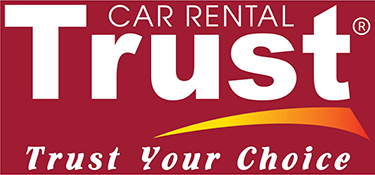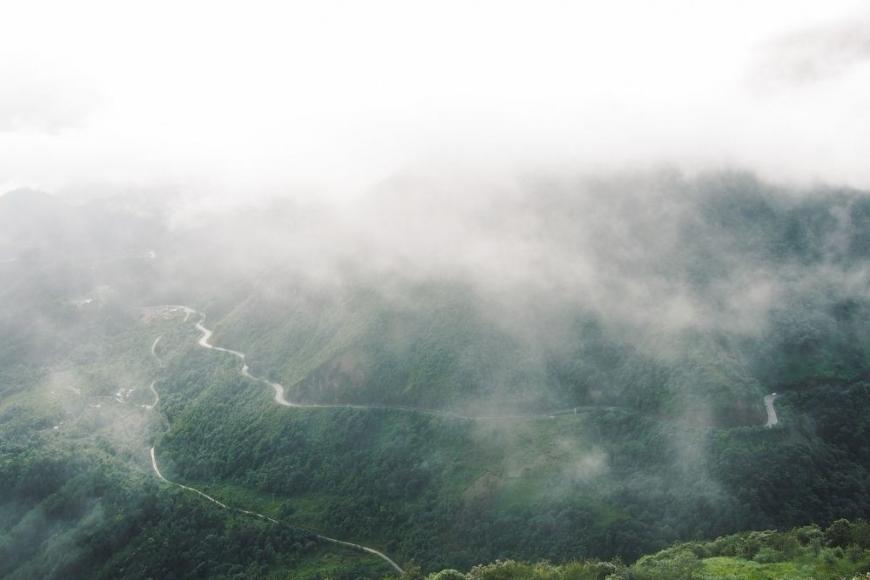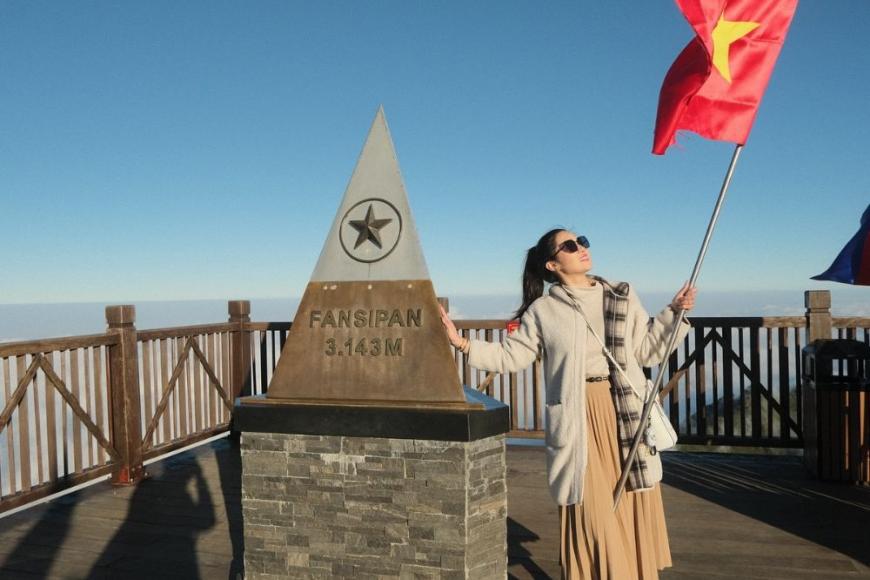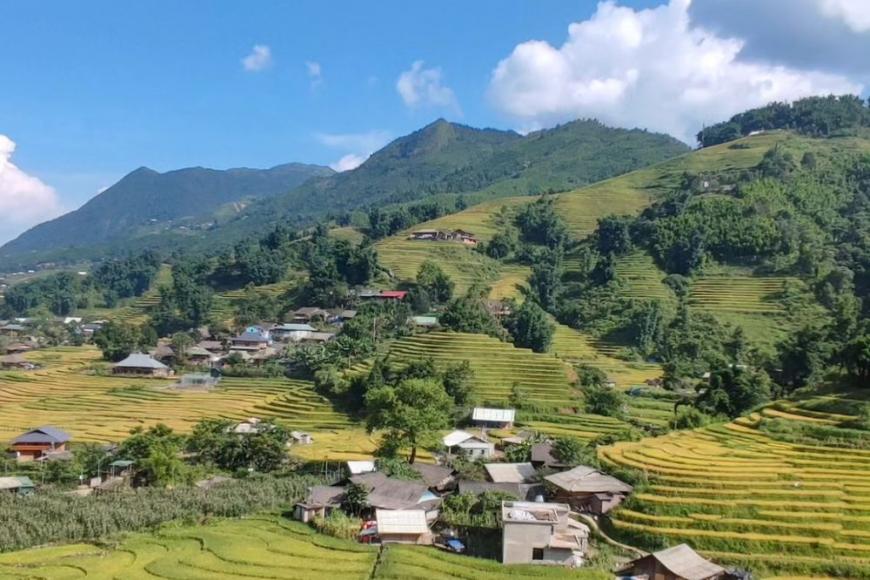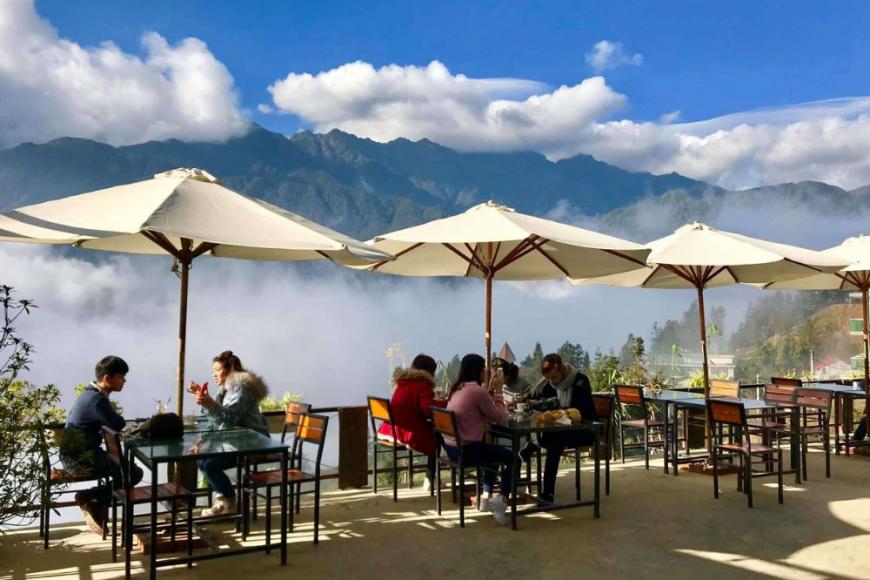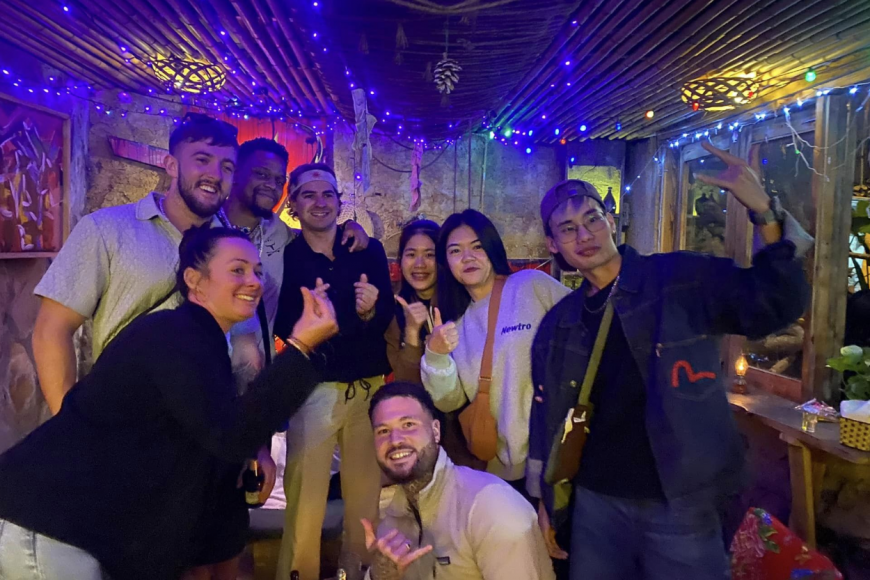- Nha Trang Travel Information
- Muine Travel Information
- Hue Travel information
- Cantho travel information
- Sapa travel information
- Ha Giang Travel Guide
- Ninh Binh Travel Information
- Quy Nhon Travel Information
- Vietnam Travel Information
- Hoian Travel Guide
- Vung Tau Travel Information
- Quang Binh Travel Information
- Phu Quoc Travel Information
- Ha Tinh Information
- Ca Mau information
- Quang Ninh Travel Information
- Tay Ninh Travel information
- Hoian travel guide
- Tien Giang travel guide
- Con Dao Travel information
- Ninh Thuan information
- Moc Chau information
- Danang Vietnam Travel Information
- Hanoi Travel Information
- Ho Chi Minh Travel Information
- Dalat Travel Information
4 Truly Amazing Markets At Sapa Vietnam
One to four-day treks are offered by a handful of outfitters. In this article I will show you 4 truly amazing markets at Sapa Vietnam.
1.Sapa Bac Ha love market (only sunday)
Sapa is famous for Bac Ha love market sort of a cross between a Middle Eastern arms bazaar, an Amish square dance, a bad Pavarotti concert and Bangkok’s Patpong (except here the people wear clothes).
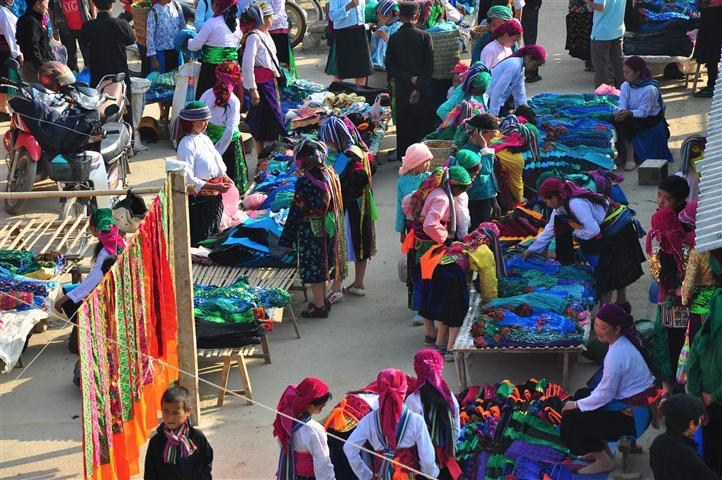
On Saturday nights, Red Dzao hill tribe youths of both sexes congregate in a weekly courting rite, singing tribal versions of love songs to woo the opposite sex. The songs are highly personalized and boast of the composer’s physical attributes, domestic abilities and strong work ethic.
While Dzao women are indeed highly industrious, the men, it seems, prefer to spend most of their time drinking, smoking opium or sleeping, only occasionally slapping the rump of a lethargic bovine moving more slowly than they are. Few of their songs, though, are about drinking, smoking opium, sleeping or slapping rumps.
2.Sapa tour Can Cau Market.
Sprawling near the banks of a river, Can Cau Market is a clearly defined shantytown, packed with crude stalls covered with thatched roofs.
The start of a few simple settlements can be seen high above, many of whose residents now make their weekly pilgrimage to the market. We are only 9kms from the Chinese border and some traders make the journey across from China on horseback. Unfortunately foreigners are not allowed to reciprocate this set-up, however tempting it may seem.
Can Cau is predominately a livestock market and not the sort of place to buy some choice gifts for the folks back home. Beyond the fenced-in perimeter, pot-bellied pigs, chickens and water buffalo wait patiently by the river to be sold. They rub shoulders with magnificent wild horses, some of whom will be transporting their masters back over to China. But the market also sells the basics: traditional clothing, sacks of rice, bundles of coarse, raw wool and ironware.
Some stalls sell fresh tobacco and a rather sad array of root vegetables. Many women sell their wares from large, wicker baskets and sit weaving whilst waiting for a sale. I note that there are many giant plastic containers lying around with attached tubes.
I mistakenly think this is gasoline, but it is in fact the omni-present rice wine and some folk are spotted wisely filling up their water bottles for the long ride home. Food stalls serve bowls of steaming fat noodles in broth and indescribable plates of what I can only assume are some sort of animal innards. It is almost like being transported back in time.
3.Sapa Binh Lu & Tam Duong Market.
Binh Lu and Tam Duong market is located on the other side of Sapa, passing the 1900 meter Tram Ton pass, Viet Nam’s highest mountain pass and considered the most beautiful stretch of road in the country.
The town is bustling with activity as the local hill tribes gather for their weekly market day, amazing tribal markets in Binh Lu where thousand of Thai Kadai language groups such as Tai Lu, Tai Laos, White Tai, and H’mong – Yao group (black Yao, Yao Lantien..), Giay, Khomu.. comes to buy and sell their own products.
4. Sapa Coc Ly market (only on Tuesday)
Taking place only on Tuesday, Coc Ly market is located on a hill side lying along the famous Chay river and surrounded by two lush mountain ranges. This market is quite small yet being very colourful, and at there you can meet several ethnic minorities living in the northwest of Bac Ha district such as Flower Hmong, Black Zao, Phu La, Nung or Tay, as they come to the market and trade goods.
The market is divided into separate zones: one is for selling brocade, and another is for selling traditional cuisines. The difference of this fair is that it’s not only the place for people to sell and exchange merchandise, but also the place to sing the love song.
Tourists can take photos with their relatives or friends to celebrate where they go and do in Coc Ly market. This place should definitely be included in your Sapa tour Vietnam.
Go back.
other
O Quy Ho Pass is one of the top 4 majestic passes in Vietnam. The pass is at over 2000m above sea level, bringing stunning views with surrounding beauty. If you come to Sapa, don't miss out on visiting O Quy Ho pass.
Fansipan Mountain is the highest mountain in Vietnam and in Indochina, located in the charming town of Sapa, offering a view of the majestic forests, large valleys and hill villages far away. If you want to embark this mountain by hiking or cable car, you will have an interesting experience in Fansipan. In this guide, we infor some information about Fansipan mountain for travelers. Let's explore it.
Lao Lao Chai, Sapa is an ethnic traditional village which is located in the northern part of Vietnam. This village attracts you at first sight and is one of the best spots to visit in Sapa town.
You will have the opportunity to learn more about Vietnamese ethnic groups as well as admire the peaceful and pristine scenery here with stunning terraced fields.
Visiting coffee shops in Sapa is the best thing to do that you must try. There are a few hundred virtual pictures on Instagram. You will have a chance to see the majestic natural scenery, cool climate and enjoy the delicious drinks at the best view cafe shop in Sapa. Spending the time to discover top 10 beautiful cafes in Sapa. Let's explore it.
Explore the nightlife in Sapa with the best bars in Sapa. This is a worthwhile and exciting experience in this Northwest area in Vietnam. There are many cool bars and pubs, attracting local and international tourists. You will relax and relieve all the stress and pressure during the day.
